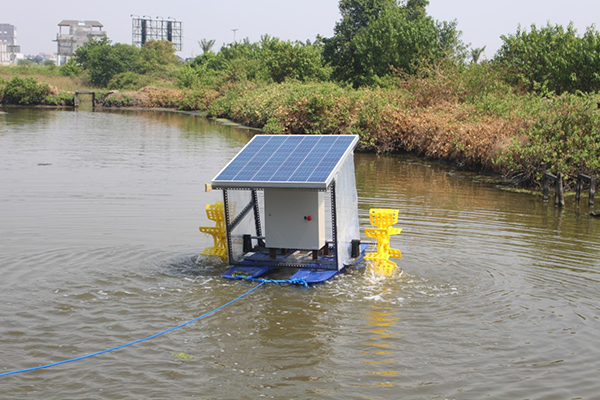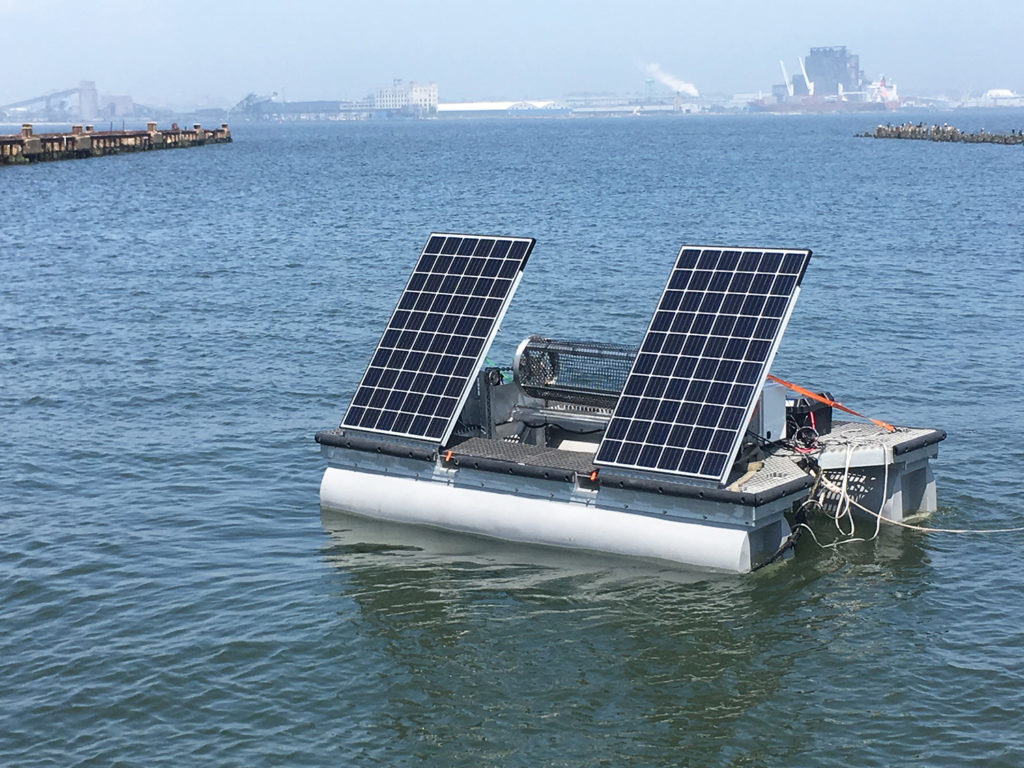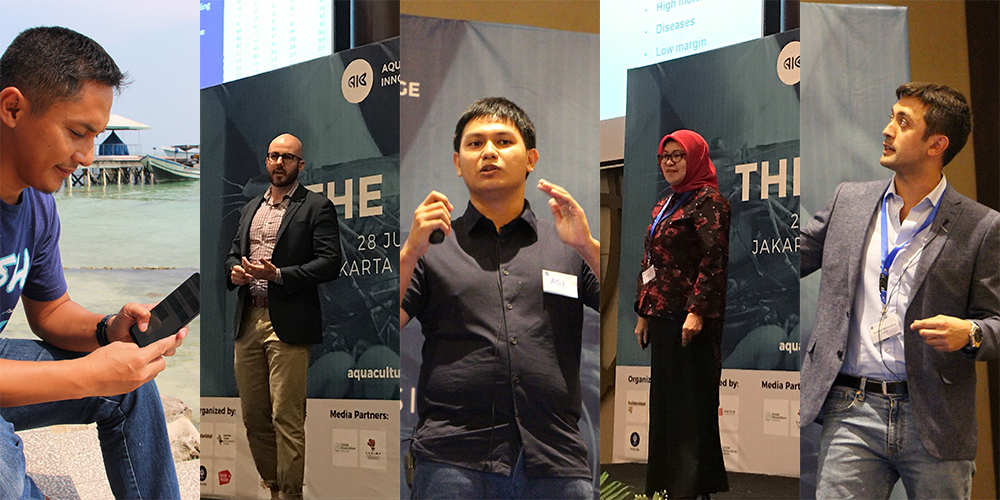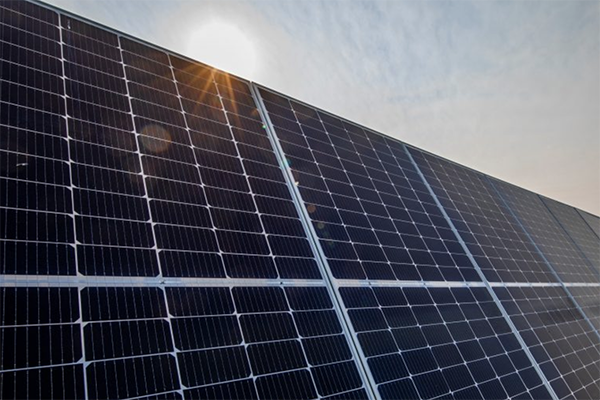Automatic, solar-powered pond aerator a renewable energy option for remote farmers

Researchers at the Institut Teknologi Sepuluh Nopember (ITS) have created an automatic, solar-powered aerator that could help advance shrimp farming in remote regions of Indonesia.
According to team lead Putu Eka Widya Pratama SSi (Eka), the aerators are essential to provide oxygen supply in developing shrimp aquaculture. But the traditional use of aerators by shrimp farming farmers requires a significant enough power source, which reduces the effectiveness of the farmers’ production in remote areas.
To tackle this problem, the Community Empowerment Real Work Lecture (KKN PM) team developed a photovoltaic-based aerator – a device that produces air bubbles powered by sunlight, which functions to produce additional oxygen in the aquarium or pond. This tool can increase the amount and quality of oxygen the shrimp need.
“That way, the shrimp will grow healthier and faster,” he explained.
The components used in this aerator consist of a 200 Wp 24VDC solar panel, an aerator frame as a place for installing solar panels, an eight-leaf windmill for paddling water and restoring oxygen levels, DC motor PG45 RPM 500 Torque 25 kilograms. It also includes a driving wheel, a buoy as a component lifter and a box panel as a protective tool that uses the electricity network.
In addition to using renewable energy, it’s an automated system: When the solar panel is exposed to sunlight, it will release electricity, which the controller uses to stabilize the energy output voltage from the solar panel. The controller puts the solar panel energy into the battery when the machine is not running, which charges the battery.
When the engine is running, the power from the motor is drawn from the battery and passes through the controller. When the charging voltage in the battery has reached a whole state, the controller will stop the electric current from entering the battery to prevent overcharging – boosting the battery lifespan.
“That way, this aerator battery will last for 10 to 15 years,” said Eka.
Activating the tool only requires pressing the power button on the box panel, and then the motor will rotate the wheel automatically to produce air bubbles when activated. This automatic, solar-powered pond aerator will work itself according to certain hours and minutes.
“This tool will stop operating for four hours, from 11:00 to 14:00,” said Eka.
The team chose Gunung Anyar Tambak Village, Surabaya to implement the innovation because it is one of the villages developing shrimp farming and is expected to become a digital village by developing renewable energy. In the future, Eka hopes to apply the Internet of Things (IoT) to the aerator so that farmers can control and monitor the aerator from home using an integrated smartphone. For now, Eka hopes that the existing aerators can increase the effectiveness of farmers’ production in Gunung Anyar Tambak Village.
“Hopefully, it can improve the quality and quantity of shrimp farmers,” he said.
Follow the Advocate on Twitter @GSA_Advocate
Now that you've reached the end of the article ...
… please consider supporting GSA’s mission to advance responsible seafood practices through education, advocacy and third-party assurances. The Advocate aims to document the evolution of responsible seafood practices and share the expansive knowledge of our vast network of contributors.
By becoming a Global Seafood Alliance member, you’re ensuring that all of the pre-competitive work we do through member benefits, resources and events can continue. Individual membership costs just $50 a year.
Not a GSA member? Join us.
Author
-
Responsible Seafood Advocate
[103,114,111,46,100,111,111,102,97,101,115,108,97,98,111,108,103,64,114,111,116,105,100,101]
Tagged With
Related Posts

Responsibility
Here comes the sun: Oyster and algae growers harness solar power
A look at three aquaculture companies that are figuring out how to solve their production problems by using solar power in innovative ways.

Innovation & Investment
Aquaculture Innovation Challenge taps startup spirit to lift Indonesia’s shrimp sector
The Aquaculture Innovation Challenge, a contest organized by Netherlands-based Seafood Trade Intelligence Portal, sought to give Indonesia’s struggling shrimp sector a boost.

Responsibility
Solar energy-aquaculture facility planned in Taiwan
Lightsource bp and Green Rock Energy are collocating a solar energy project at an aquaculture facility in Taiwan.

Intelligence
Can aquaculture gain steam from geothermal energy?
China, Iceland and the United States are only just tapping into what could be a growing resource for seafood production: geothermal energy.



